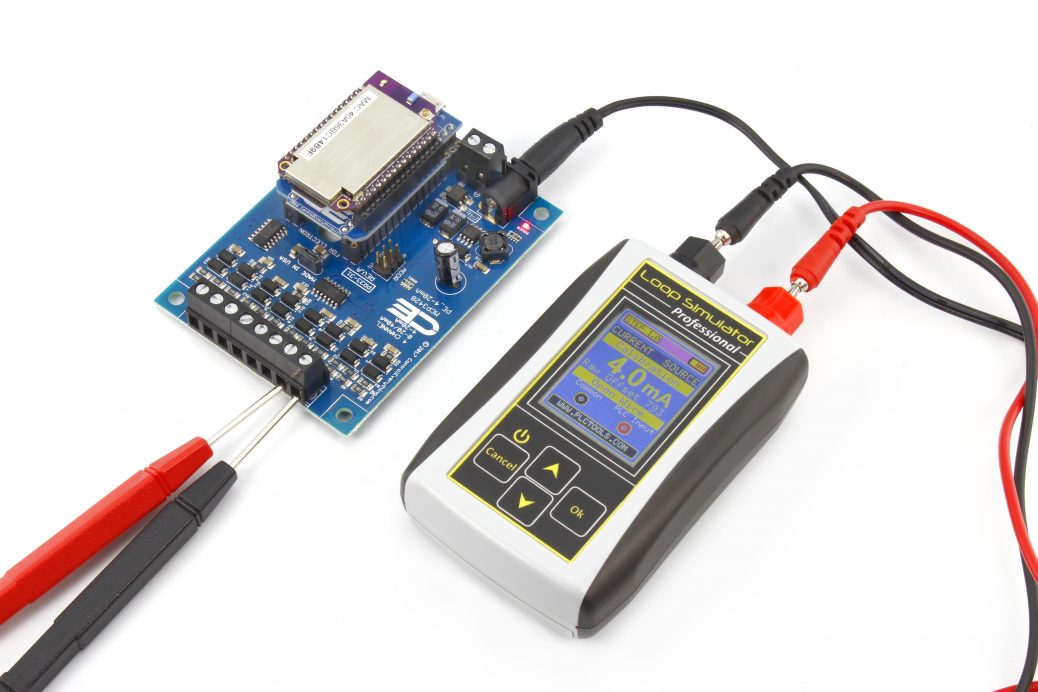
The Onion Omega 2 is one of my favorite SBCs. It’s small and comes with a ton of power. There are so many neat and interesting projects that can be done with
this computer. In this guide, I will show you how to use the Onion Omega with 4-20mA industrial sensors.
About 4-20mA Sensors
4-20mA sensors are a powerful communication standard, commonly found in industrial applications. 4-20mA sensors use current variations to send data. Current variations can travel long distance because current does not decay over distance.
Why is 4-20mA the Standard Current Range?
I have seen this question asked so many times, but there is a really easy answer for this. Put simply, a current sensor needs to use 4mA for a Zero reading rather than 0mA. If 0mA were used for the zero value, there would be no way to detect a sensor malfunction vs. a broken wire. Using the standard 4-20mA current range, a broken wire will indicate 0mA. A working sensor will load the current on the line to 4mA (minimum), indicating the sensor is active and ready to go to work. This has been an industry standard for many years, making it easy to troubleshoot a long-distance wiring problem vs. a remote sensor problem. The 4-20mA standard really has nothing to do with 420, it’s just a just a “happy” coincidence!
There are many industrial sensors which come with 4-20mA output. The most common are distance sensors, pressure sensors, temperature sensors, flow meters, weight sensors, and much more. In this tutorial, we will learn how we can read all these complex industrial sensors using the Onion Omega and an NCD 4-Channel 4-20mA current receiver board.

The onion omega python lib for reading 4-20mA can be found over here
4-20mA board reading with no input attached
4-20mA Bord readings with input attached 
The complete project details can be found over here as well Omega 2 4-20mA Project